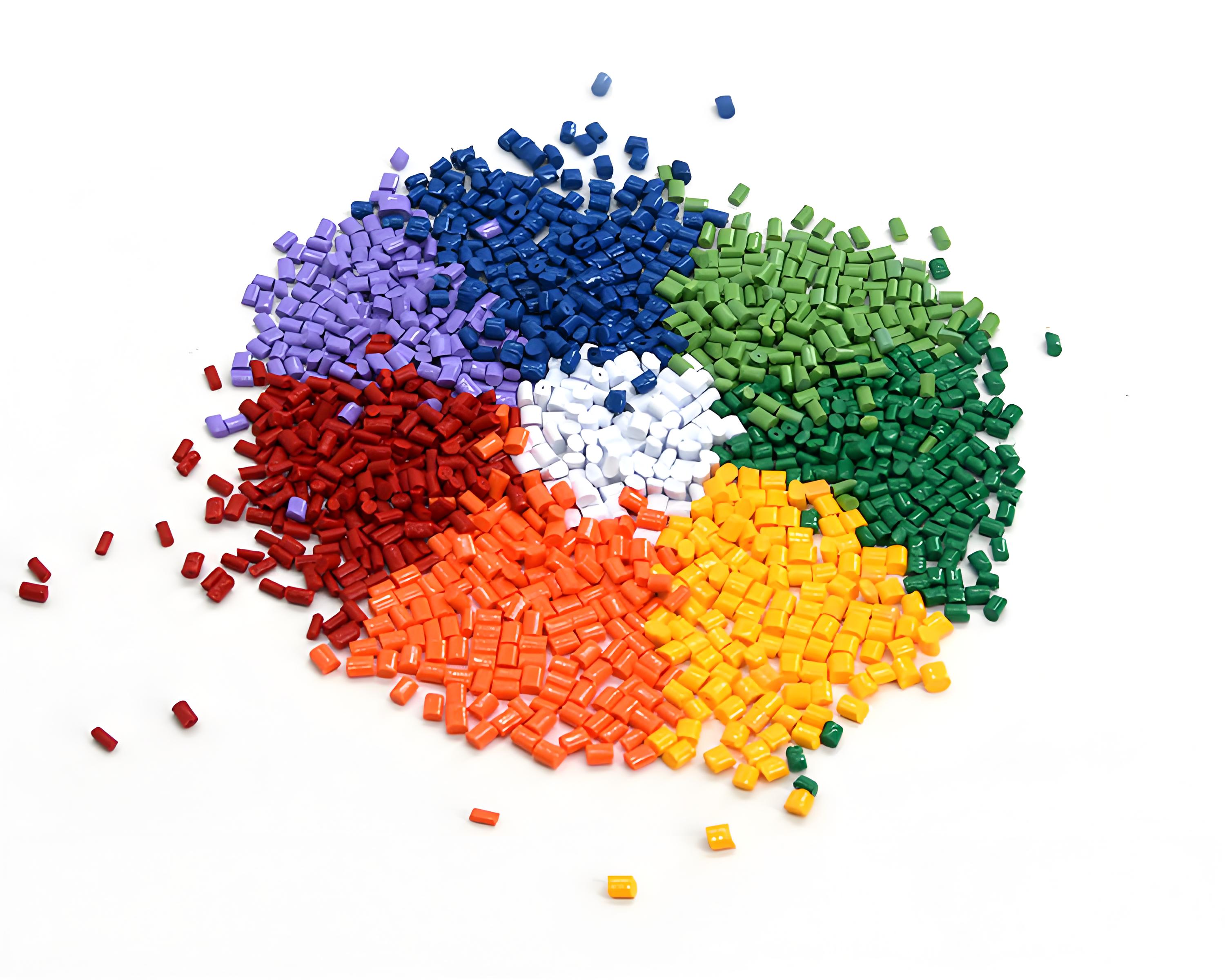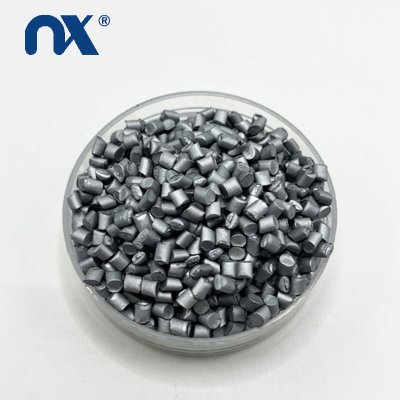Innovative application of PLA masterbatch in 3D printing
In recent years, with the rapid development of 3D printing technology, environmentally friendly and high-performance printing materials have become the focus of industry attention. PLA masterbatch is becoming a popular choice for 3D printing materials due to its biodegradability, low melting point and good printing suitability.
PLA (polylactic acid) has excellent biodegradability and low environmental impact. Its low melting point (usually between 130°C and 180°C) not only reduces printing energy consumption, but also reduces heat-related safety hazards. In addition, PLA masterbatch performs well during the printing process, does not require a heated bed or a closed printing chamber, and is not easy to deform or curl, ensuring more consistent and precise printing results.
In 3D printing applications, PLA color masterbatch can achieve diversified color and performance optimization. For example, by modifying pigments and optimizing production processes, PLA color masterbatch can provide higher gloss and smooth printing. This material is not only suitable for beginners to make decorations, gadgets and toys, but is also widely used in rapid prototyping, architectural models, educational tools, and art decorations.
In addition, the environmentally friendly characteristics of PLA masterbatch make it an ideal alternative to traditional petroleum-based plastics. Under appropriate environmental conditions, PLA can be decomposed by microorganisms, reducing the impact of plastic waste on the environment.
With the continuous advancement of technology, PLA masterbatch has broad application prospects in the field of 3D printing materials. It not only meets the market demand for environmentally friendly materials, but also provides designers and manufacturers with greater creative freedom and economy.






